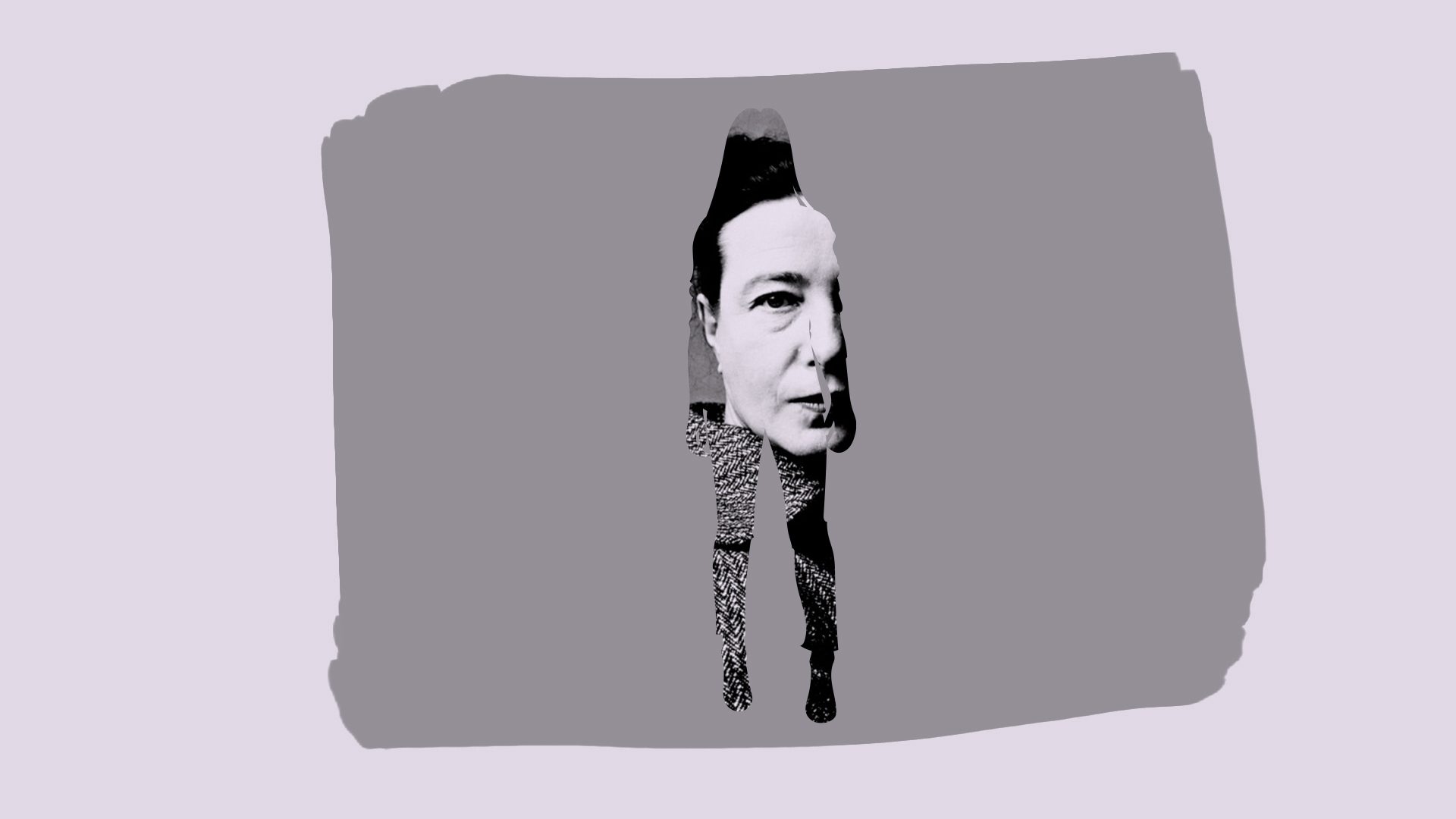
“Killing her was a bit much!”. Discussing gender-based violence in a fundamentally sexist world
This is an article that will not focus on intentions. For example:
There are no parents who raise boys who would tell them the following in lieu of a bedtime story: “When you go to Primary school, you will start hitting and pinching the girls in your class on purpose. Especially the ones you like. You will pull their hair and mock them about their body types. Later, in Middle school, you will harass them more. Sexual inuendos, pictures and videos without their permission when they bend over at gym class, groping as much as you can… And even if they scream or get upset, you won’t stop. You will do all that with your friends as well – a bunch of you boys, over and over again. And then, son, when you get to High school and University… you will do anything you like, whenever you feel like it. It doesn’t matter if the girl says “no”. All it matters is for you to feel she wants it and then have your way with her. Even if she doesn’t want to do anything with you, you can force her. If she protests too much, you can kill her. It doesn’t matter. This is what I wish for you for the rest of your life. This is what I want to teach you as your father. And they lived happily ever after. Sweet dreams, my boy”.
There aren’t any parents -bar a few exceptions- that would say such a bedtime story to their little boys or that would consciously raise them with the intention to make them rapists or murderers. This is why this is not an article focusing on intentions. Instead it focuses on the essence of gender-based violence.
Gender-based violence is better understood when we analyse it in the form of a pyramid:
On the bottom, there are the systemic inequalities that dictate that there’s a stronger and/or more dominant human type: The male, able-bodied, straight, macho, financially productive and sexually active man. If not all the above standards are met, obviously one can make a few concessions, but when it comes to gender inequality, the model is very strict: It’s always best to be a man and it’s always better to be manly, to not possess any “faggoty” traits, as many would put it, in other words to NOT have any feminine traits, as those are always deemed to be inferior. This superiority can be presented in a paternalistic pseudo-positive way, e.g. with examples of what a “proper man” looks like and how he acts, how he ought to respect and protect women, how he should sacrifice and be a hero when he’s faced with danger and how he should undertake responsibilities and show valour “like a man” and not be a “sissy” or a “little girl”.
Heading upwords in our pyramid, those systemic inequalities take the shape and form of aspects of the dominant culture: Rape jokes, sexist jokes, rules regarding women’s clothes and women’s behaviour, the creation of proper female prototypes that should be beautiful while at the same time modest, clever while respectful of others, motherly but also a desirable partner etc. as well as the division of gender-based roles and so on. At the same time, negative stereotypes are cultivated -followed by the matching negative depictions- of anything or anyone who breaks those gender-based stereotypes, such as gay men and the LGBTQI+ community in general, or sexually active women who are not in a relationship etc.
In the pyramid’s upper tiers, the violence escalades rapidly, though it is still widely normalised in the social discourse: There’s a stepping on boundaries in public places (e.g. catcalling), unwelcome approaching and attention seeking at bars, parties and elsewhere (a practice that is often called “aggressive flirting”, though we seem to forget that flirting is a pleasant process that takes place with the consent of all involved and is NOT the oppressive and persistent approach of a woman that does not welcome it), stalking in the street (a man persistently following a woman without her permission).
In the higher tiers, one also finds the online/digital sexual harrassment or abuse, like for example online threats, sexist comments, recording and/or sharing sexual content of a woman to third parties without her consent (the so-called “revenge porn”, though the term is though to be unfit). An interesting observation is that with the wider use of technology in younger ages, some of the above are happening with increased frequency amongst teenagers, with 15-18-year-old girls being victims of such behaviours on behalf of their male school mates.
And on the highest tier of the pyramid, we have systematic gender-based violence in all its possible forms (verbal/ psychological/ emotional and physical abuse) and of course, rape. And right on top of all the above, there’s femicide, of course, and also women’s/ feminities’ suicide as a result of their psychoemotional exhaustion due to gender-based violence they have suffered till that point.
Why is it important that we know that gender-based violence is structured and excercised in this pyramidal form? It’s not so much in order to strictly differentiate between its distinct types and levels, but more in order to realise that gender-based violence doesn’t just happen out of thin air. It has deep roots in every aspect of our everyday actions, in the dominant culture in which we’re raised and in the normalisation of different gender prototypes and constructions that surround us.
Does this mean that whoever makes a sexist joke today, tomorrow will turn into a rapist or will commit femicide?
Not necessarily and of course, not all those who make sexist jokes are rapists or commit femicides. But there are way too many men out there who do the former and many can proceed to doing the latter, a lot easier than we might think.
Because rape, that is non-consensual sex, is something that happens a lot more often than we might think and it’s way more normalised and sugar-coated in our everyday life.
Even though femicide is definitely the worst type of gender-based violence, it isn’t committed by unapologetic killers, nor are its sources typically to be found in mental disorders. On the contrary, the instrumentalisation of mental health challenges in order to justify several femicides, is harmful on two levels: First, it stigmatises people suffering from mental health issues and second, it moves attention away from the core of the problem, that is from the systemic gender inequalities that we placed at the bottom of the pyramid.
So, femicide can often occur because of a petty excuse, because “things got kinda bad” 1. It’s that exact moment when the rape jokes, the systemic sexism, the hardcore gender roles and the sex-related performance meet in one occasion when a man -one of the boys that were raised to believe that it’s normal or even commendable to make small or big trangressions against girls and women- takes things a step further. To the end.
Boys don’t hear bedtime stories filled with femicide and explicit rape. They hear stories of “proper” women, who are vulnerable and caring. They hear of brave and strong men. Of the one true love that one should never betray. They hear of jealousy as proof of one’s love. Growing up they hear of mothers that are desexualised and don’t care about pleasure. About young women who are objectified during sex and do not deserve to become wives or mothers if they enjoy sex too much. They hear of men who can insult women while watching football and who can brag about having slept with many of the women they spoke badly of on other occasions.
This article doesn’t focus on intentions. They don’t concern us. We can say right from the start that everyone had good intentions and then move along.
It focuses on the problem’s roots, explaining that if we don’t cut said roots on time, and they find fertile (systemic, family, social) soil to nourish them, the roots grow branches and choke us.
It’s an article for that moment, after a femicide, when one hears a voice saying “They could have fought, I don’t know. He could yell at her or even slap her or something/ Killing her was a bit too much”.
Well he did kill her. 17 times in 2021.
We need different bedtime stories.
Footnotes
- The phrase “things got kinda bad” was allegedly used by a 30-year-old man who committed femicide. He said it to the policemen who arrested him for killing his 26-year-old partner, in the summer of 2021, while they were on holiday in Folegandros[↩]
